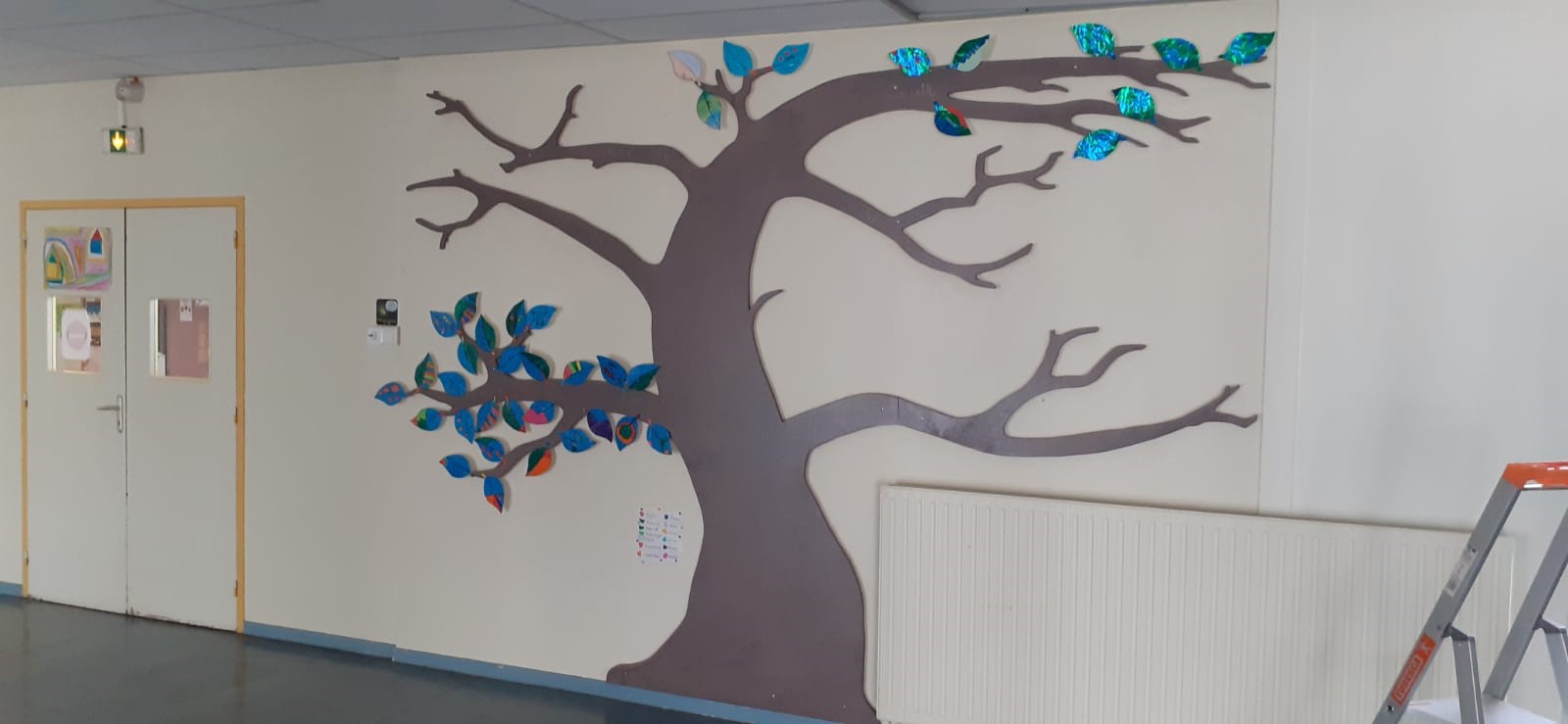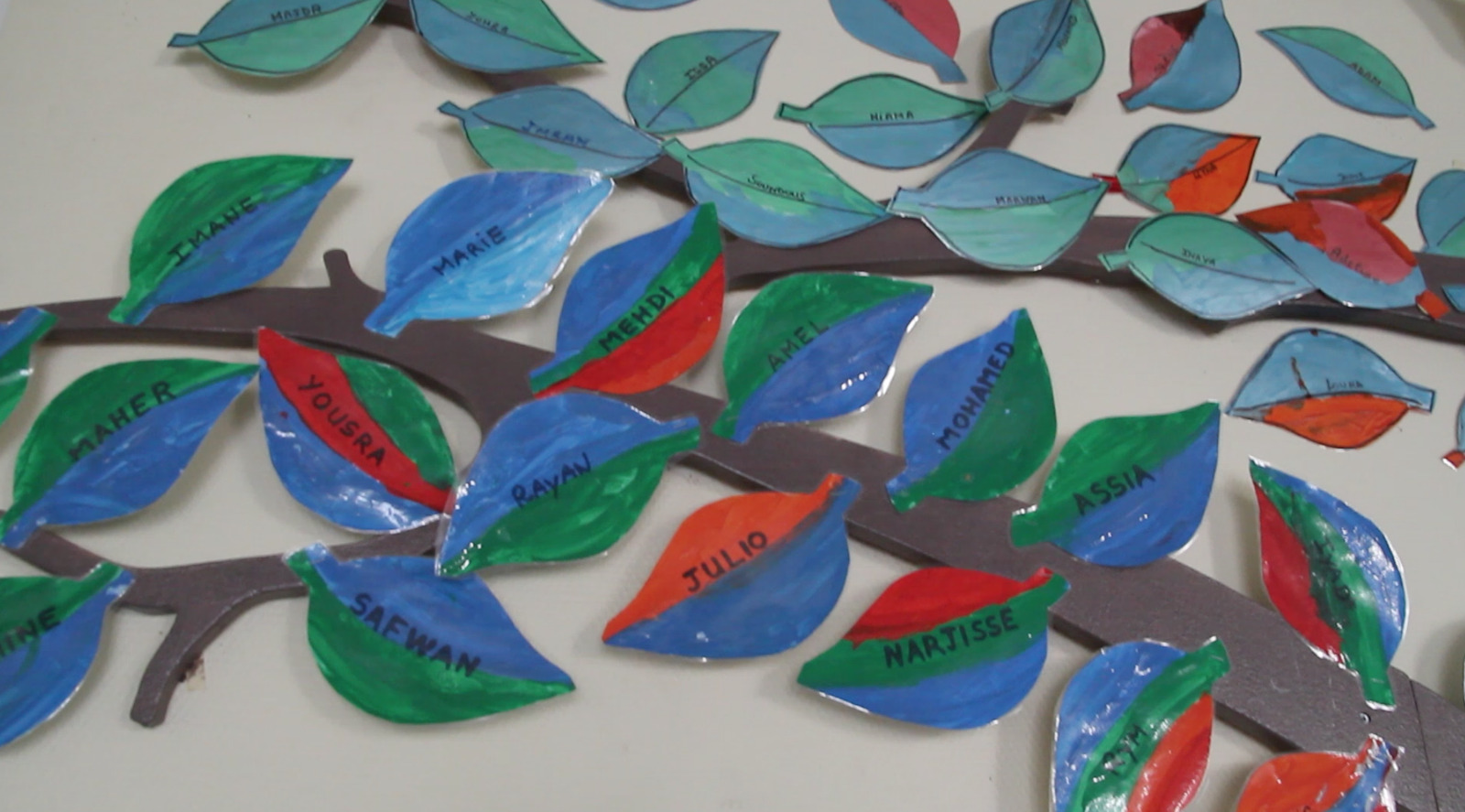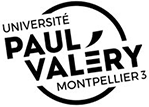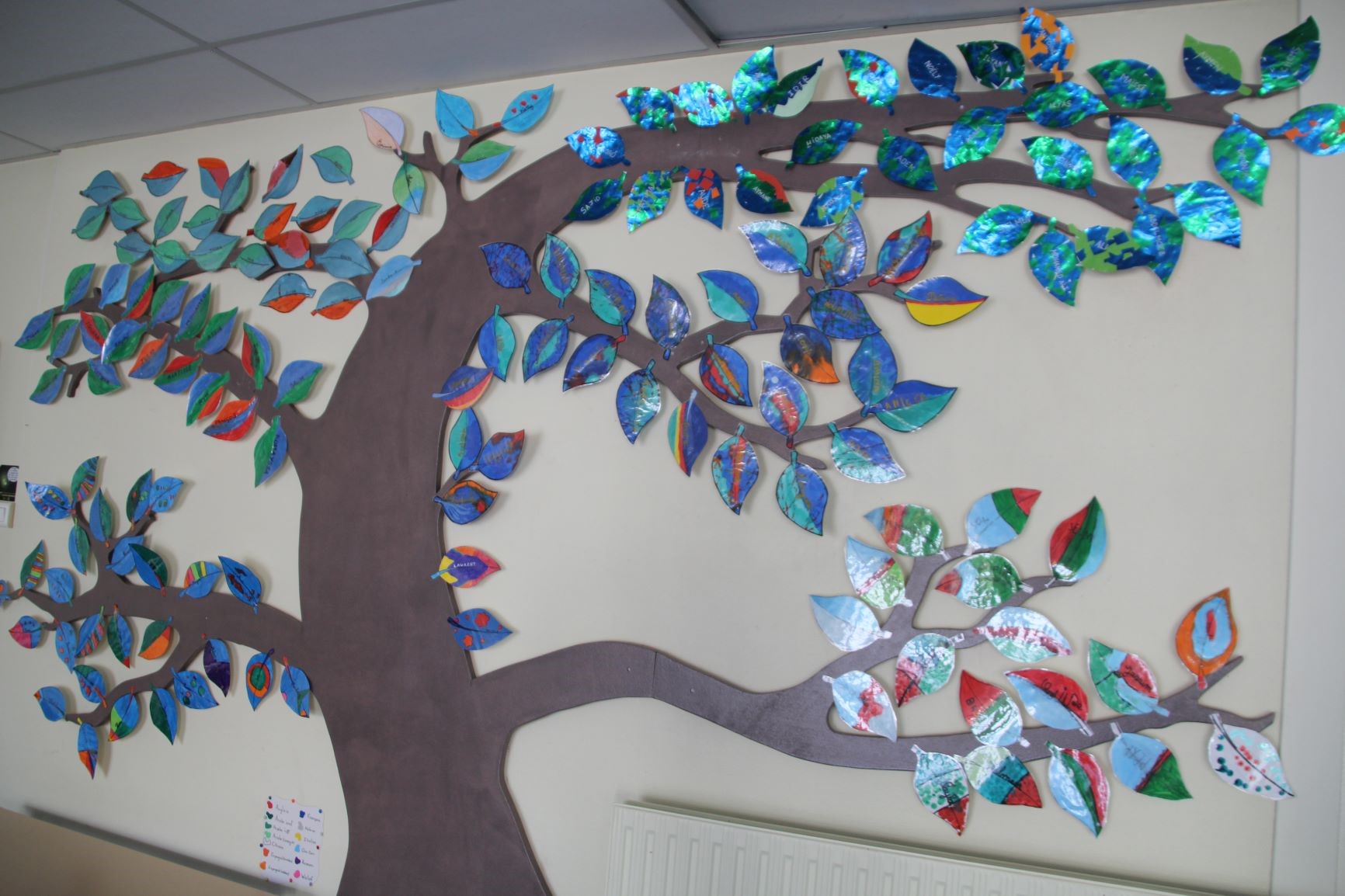At the heart of linguistically sensitive teaching (LST) is the essential step of identifying the languages of the school, the languages of the students and also of the educational staff, to recognize them and welcome them in an inclusive and trusting approach.
For this identification of the languages of the students in the class, there are many simple activities to choose between, such as language biographies that are intended for all ages and can take various forms (see Maledive website). These activities make it possible to become aware of the diversity of the languages present in the class and to create links between these languages. Helping to identify the linguistic repertoire of the students supports their development.
In early childhood education, especially as early as at the Passerelle level, these activities can take a particularly playful and creative turn, by encouraging productions of written expression, oral expression, visual arts, etc.
LST in early childhood education - it starts here
Kindergarten teacher Frédéric is quite convinced by “linguistically sensitive teaching” and particularly the “in all classrooms” part of the project name Listiac/Linguistically Sensitive Teaching in All Classrooms, because this particular topic concerns all levels, including small classes and kindergartens that are often left outside of language-related projects, as if their activities are not essential, when in fact, according to Frédéric, “it starts here”.
Frédéric proposed that the students themselves choose the form that their language biography would take, and it was in this dynamic that the project of Frédéric and his colleagues, Aude (teacher in Passerelle) and Lorène (teacher in kindergarten and primary school), was born from a tree of languages made by and for the students, within the school. Their project quickly became the project of the entire school, that had previously integrated Listiac into its school project as a common core for the teaching team.
A majestic language tree takes shape
The project’s ramifications extended to the municipality, with the carpenters participation to build a majestic wooden tree, on whose branches the leaves cut and colored by the students hang.
All in all, 6 classes and 147 students took part in this multi-related project, as well as teachers, the territorial agent of the preschools, the staff of maintenance and of school catering, and even the carpenters of the municipality who were also invited to hang up their personal leaf, to highlight a dozen languages present within the school: English, Arabic, Spanish, Catalan, French, Hebrew, Italian, Occitan, Romani, Wolof…
Along with their teachers and their parents, especially for the Passerelle where parent-child workshops take place, the students produced leaves, in the form of paintings or collages, containing the languages they speak and know with color codes representing the different languages, or varieties of language, which can be represented by varieties of the same color, as in the case of Arabic dialects.

Inclusion at the heart of the project
Inclusion is at the heart of this project, as Passerelle teacher Aude points out, as “inclusion is welcoming the other as they are”, and this principle is the starting point for this tree of languages. Inclusion does not only concern students but also parents, since the project also aims to bring the school closer to families by bringing them into the school, in order to develop a good school climate and to create bridges between the school and the family.
When analyzing the students’ reactions, Aude found that it helped very young children (2 years old), as it “soothes them to hear words they hear at home”, at school. That’s why she’s always looking for the link between school and home, because using words from the students’ languages helps them find their place in the classroom and better understand the French language.
According to Lorène, this experience in the classroom made it possible to get the students to talk about their own language biography and to find out if they spoke other languages at home. It also allowed teachers to learn how to say short phrases in the languages of the students. In addition, it allowed them to have a dialogue with the families about the details of the language biographies, before starting the construction of the tree with the students.
This work in visual arts is both simple and playful and successfully highlights the languages that the students and their friends speak.

Finally, this project is a source of multiple dialogues in different, multi-level relationships: the parent-teacher dialogue, the teacher-student dialogue, the parent-parent dialogue (in the case of the Passerelle parenting workshops) and also child-parent dialogue within families, because once the students had returned home, they had the mission of speaking their language at home so that they could carry out their leaf at school. Lastly, there was also the child-child dialogue in the kindergarten classes, which is a source of well-being in the classroom and a good way of preparing for future collaborations and, in the long run, academic success.
This multilingual language tree project has proven the potentiality of its multi-level ramifications, in pedagogical, linguistic, artistic, relational, conversational areas, involving all educational actors including parents in an inclusive and trusting approach. The language biography implemented at a very early stage in the school curriculum, opens up opportunities for students’ involvement and creativity, enhancing their learning and success.

Written by Nathalie Pepiot, Frédéric Piques, Aude Goujon and Lorène Smith
Paul Valery University of Montpellier III, France



